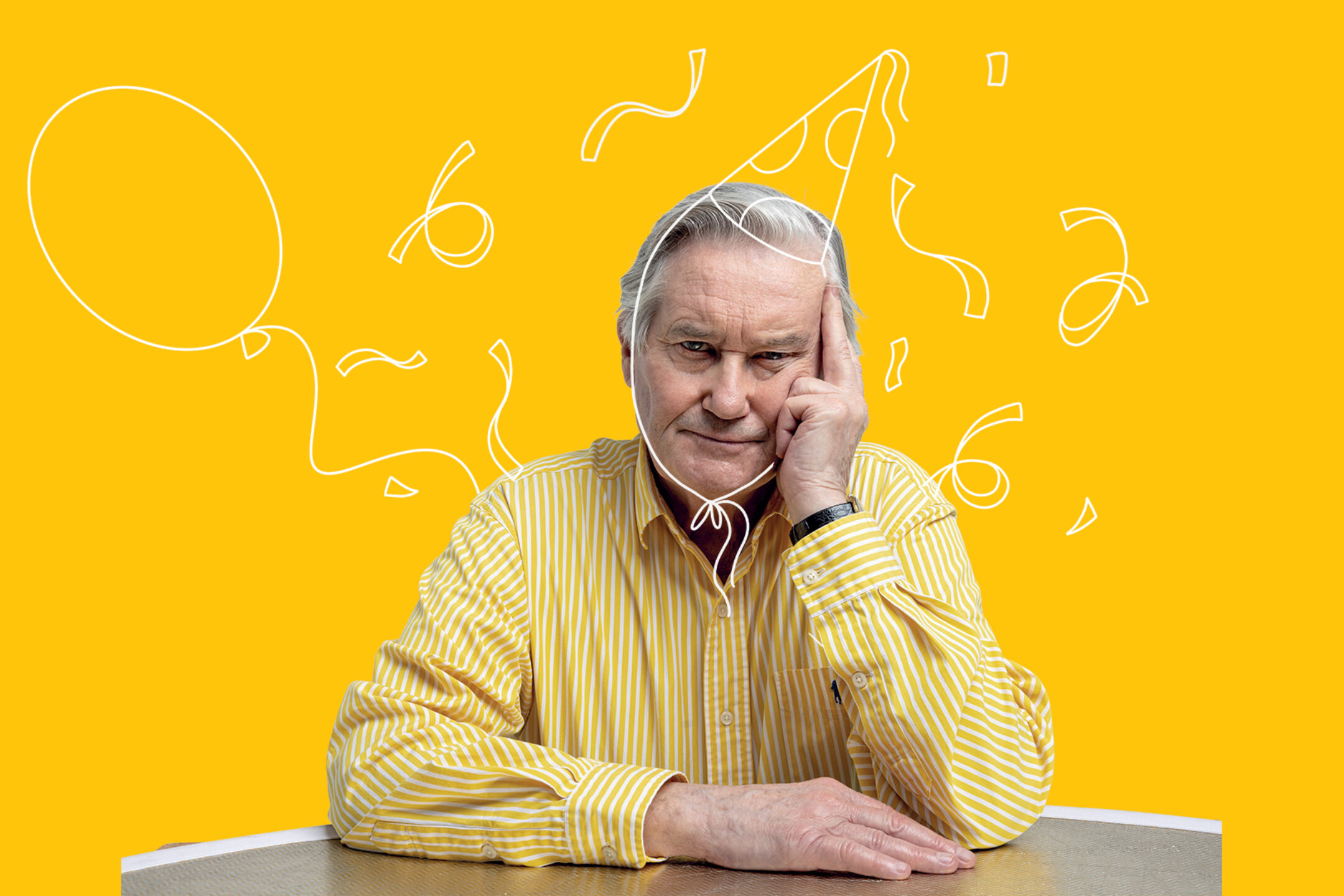What Are Crown Family Values In Different Cultures? Unlocking The Royal Codes
Let’s talk about crown family values because they’re more than just rules—they’re the blueprint of how royal families navigate life, love, and leadership. From Buckingham Palace to the palaces of Asia, every crown carries a set of principles that shape their identity. So, what exactly are these crown family values, and why do they matter? Well, buckle up because we’re diving deep into the traditions, customs, and sometimes even scandals that define royal legacies across the globe. This isn’t just history—it’s a peek into the values that keep these families standing tall through centuries of change.
You might be thinking, “Why should I care about crown family values?” And that’s fair. But here’s the thing: royal families aren’t just about glittering crowns and red-carpet events. Their values reflect the cultural heartbeats of their nations, and understanding them gives us a glimpse into how different societies think about family, power, and legacy. So, whether you’re a history buff or just curious about the human side of royalty, this is for you.
By the way, this isn’t your average article. We’re going beyond the surface-level facts to explore what makes crown family values tick in cultures around the world. Think of it as a royal tour with a twist—one that’s packed with insights, stories, and maybe even a little drama. Ready to crown your knowledge? Let’s get started.
Here’s a quick map of where we’re headed:
- Biography of Crown Families
- Cultural Impact of Crown Values
- Overview of Crown Family Values
- British Monarchy: Tradition Meets Modernity
- Japanese Royalty: Harmony and Respect
- Swedish Monarchy: Equality and Sustainability
- Middle Eastern Royals: Faith and Heritage
- African Kingdoms: Community and Leadership
- Asiatic Dynasties: Duty and Honor
- Modern Challenges for Crown Values
Biography of Crown Families
Before we dive into the nitty-gritty of crown family values, let’s take a moment to meet the players. Royal families aren’t just names on a page; they’re real people with real stories. Here’s a snapshot of some of the most iconic crown families and their legacies:
Key Crown Families at a Glance
| Family | Country | Notable Figures | Core Values |
|---|---|---|---|
| British Royal Family | United Kingdom | Queen Elizabeth II, King Charles III | Duty, Service, Tradition |
| Japanese Imperial Family | Japan | Emperor Naruhito, Empress Masako | Harmony, Respect, Continuity |
| Swedish Royal Family | Sweden | King Carl XVI Gustaf, Queen Silvia | Equality, Sustainability, Modernity |
| Saudi Royal Family | Saudi Arabia | King Salman, Crown Prince Mohammed | Faith, Heritage, Power |
Each family brings its own flavor to the table, and their values are deeply rooted in their cultural and historical contexts. But how do these values play out in everyday life? That’s what we’re about to find out.
Cultural Impact of Crown Values
Crown family values don’t exist in a vacuum. They’re shaped by—and shape—the cultures they represent. In many cases, these values become the backbone of national identity. Take Japan, for example, where the concept of harmony (wa) is woven into every aspect of life. Or Sweden, where equality isn’t just a buzzword—it’s a way of life.
But it’s not all roses and rainbows. Crown family values can also clash with modern realities, leading to tension and change. Think about the British monarchy’s evolving stance on public service versus personal freedom. It’s a balancing act that’s as tricky as it is fascinating.
Overview of Crown Family Values
So, what exactly are these crown family values we keep talking about? Here’s a quick rundown:
- Duty: Serving the nation above all else.
- Tradition: Preserving customs and rituals that define the family’s legacy.
- Respect: Upholding honor and dignity in personal and public life.
- Equality: Promoting fairness and justice within the family and beyond.
- Sustainability: Ensuring the family’s legacy endures for future generations.
These values aren’t just words—they’re actions. And while they might look different from one culture to the next, they all share a common goal: to strengthen the family and the nation they represent.
British Monarchy: Tradition Meets Modernity
Let’s start with the granddaddy of them all—the British monarchy. For centuries, the British royals have been synonymous with tradition, but they’ve also had to adapt to a rapidly changing world. How do they do it? By balancing duty with modernity.
Key Values of the British Monarchy
The British monarchy’s core values revolve around duty, service, and tradition. But they’ve also embraced modern values like equality and sustainability. For example, King Charles III has long been a champion of environmental causes, and his work in this area reflects the monarchy’s commitment to addressing global challenges.
Of course, not everything runs smoothly. The monarchy has faced its fair share of scandals and controversies, from Prince Harry and Meghan Markle’s departure to questions about the relevance of the monarchy in today’s world. But through it all, they’ve managed to maintain their place at the heart of British culture.
Japanese Royalty: Harmony and Respect
Now let’s head east to Japan, where the imperial family embodies the values of harmony and respect. The Japanese emperor is more than just a figurehead—he’s a symbol of national unity and continuity. And while the family’s role has evolved over time, their commitment to these core values remains unwavering.
One of the most striking aspects of Japanese royalty is their emphasis on humility. Unlike some other royal families, the Japanese emperor doesn’t wear a crown or sit on a throne in the traditional sense. Instead, he serves as a bridge between the past and the present, reminding his people of their shared heritage.
Swedish Monarchy: Equality and Sustainability
Sweden’s royal family is a breath of fresh air in the world of monarchy. With a focus on equality and sustainability, they’re leading the charge in modernizing royal values. Queen Silvia, for example, has been a vocal advocate for women’s rights and education, while King Carl XVI Gustaf has championed environmental causes.
What sets the Swedish monarchy apart is their willingness to engage with the public. They’re not afraid to break down barriers and connect with their people on a personal level. It’s a refreshing approach that resonates with modern audiences.
Middle Eastern Royals: Faith and Heritage
In the Middle East, crown family values are deeply rooted in faith and heritage. The Saudi royal family, for example, sees itself as the custodian of Islam’s holiest sites, and their values reflect this responsibility. But it’s not just about religion—it’s also about preserving cultural traditions and ensuring the family’s legacy endures.
Of course, the Middle East is a complex region, and royal families there face unique challenges. From navigating political tensions to balancing tradition with modernity, they have a lot on their plates. But through it all, their commitment to faith and heritage remains a guiding force.
African Kingdoms: Community and Leadership
African kingdoms offer a different perspective on crown family values. In many African cultures, the king or queen is seen as the leader of the community, responsible for ensuring the well-being of their people. This focus on community and leadership shapes their values in unique ways.
Take the Zulu kingdom, for example. King Goodwill Zwelithini was known for his commitment to preserving Zulu culture and traditions while also addressing modern challenges like poverty and unemployment. It’s a delicate balance, but one that reflects the heart of African royalty.
Asiatic Dynasties: Duty and Honor
Finally, let’s talk about Asiatic dynasties, where duty and honor reign supreme. From the emperors of China to the kings of Korea, these families have long been defined by their commitment to these core values. And while their roles have changed over time, their influence on Asian culture remains profound.
One of the most fascinating aspects of Asiatic dynasties is their emphasis on education and intellectual achievement. Many royal families have established schools and universities to promote learning and preserve cultural knowledge. It’s a testament to their belief in the power of education to shape the future.
Modern Challenges for Crown Values
As the world changes, so too must crown family values. But this isn’t always easy. Royal families face a host of challenges, from maintaining relevance in a digital age to addressing issues like climate change and social justice. How they navigate these challenges will define their legacy for generations to come.
Some families, like the Swedish monarchy, have embraced change with open arms, while others, like the British monarchy, are still figuring it out. But one thing is clear: the future of crown family values lies in their ability to adapt without losing sight of their core principles.
Conclusion
And there you have it—a deep dive into crown family values across different cultures. From the British monarchy’s commitment to duty to the Japanese emperor’s focus on harmony, these values reflect the rich tapestry of human experience. But they’re not just relics of the past—they’re living, breathing principles that continue to shape the world today.
So, what can we learn from all this? For one, crown family values remind us of the importance of tradition, respect, and community. But they also show us that change is possible—and necessary—if we want to create a better future for everyone.
Now it’s your turn. What do you think about crown family values? Do you see them as outdated relics or timeless treasures? Let us know in the comments below, and don’t forget to share this article with your friends. Together, we can keep the conversation going—and maybe even learn a thing or two along the way.



Detail Author:
- Name : Carmine Bogan DVM
- Email : nienow.lionel@macejkovic.com
- Birthdate : 1985-12-03
- Address : 38639 Ruecker Burgs North Penelopeborough, MI 88632
- Phone : 1-260-804-7114
- Company : Blick Group
- Job : City
- Bio : Quia et non nobis consequatur. Dolorem rerum facere eos a quo. Amet autem quisquam placeat ipsum.